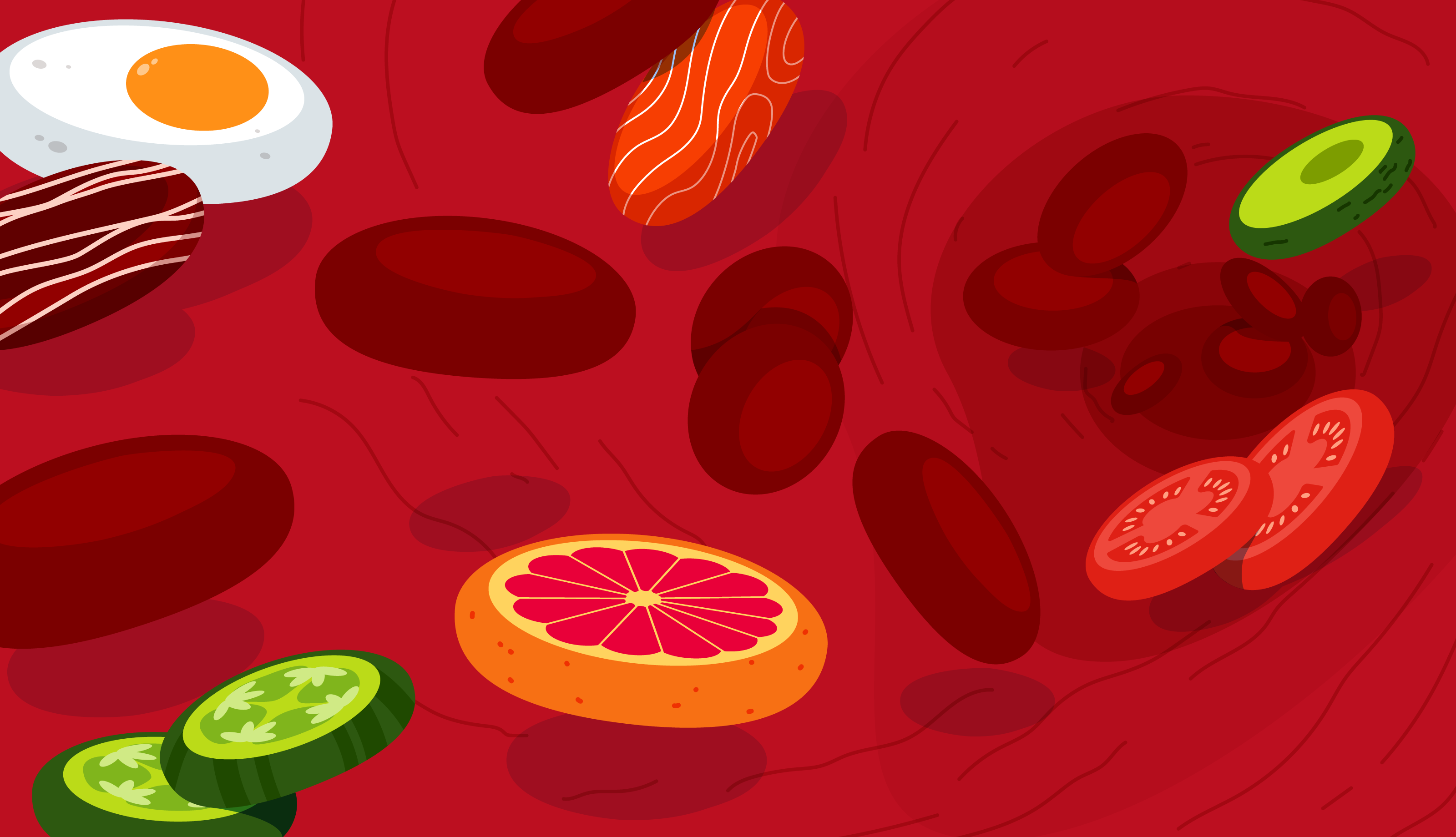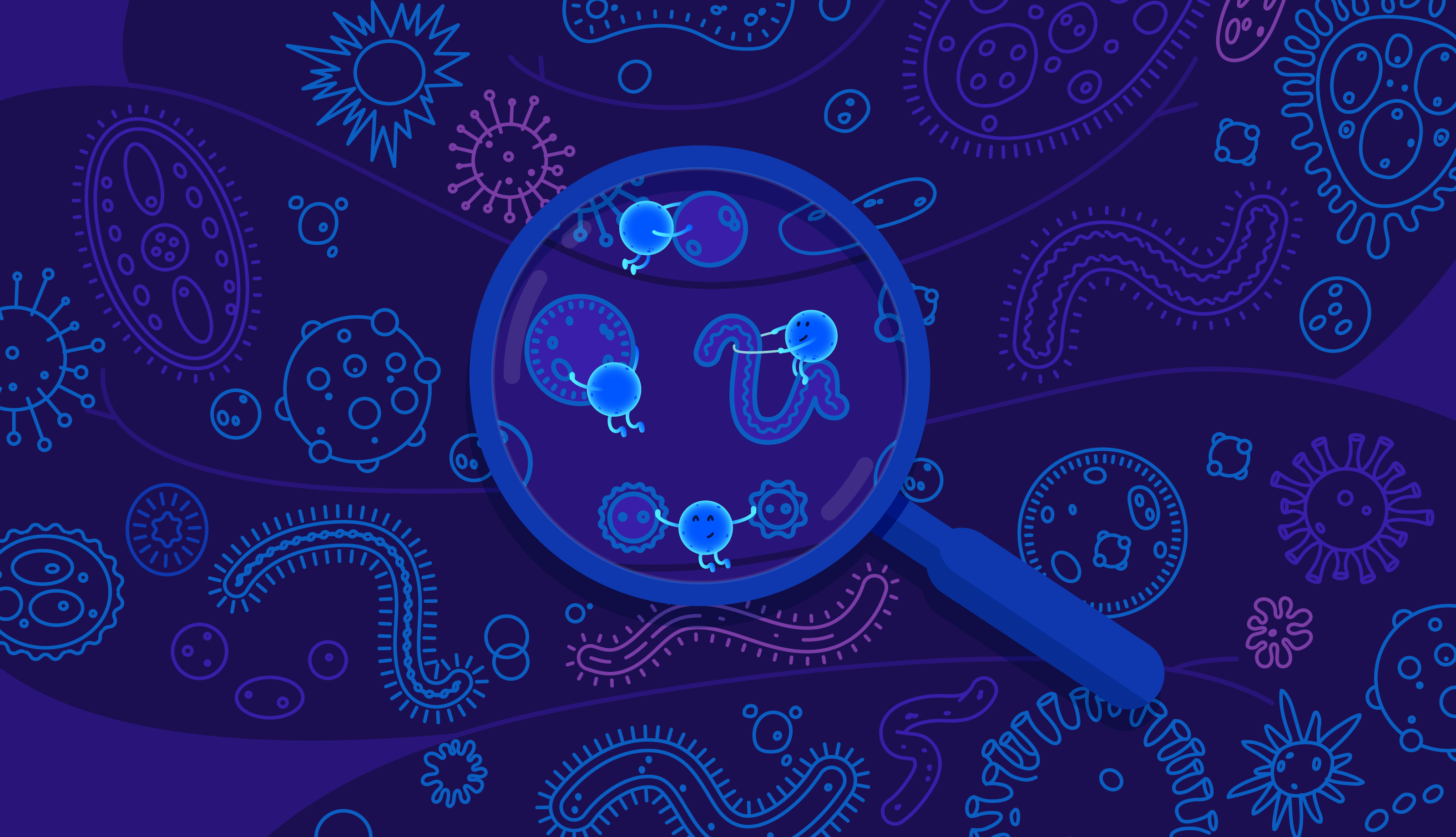Every decade has its own collection of oddball diets. Sad but true, the blood type diet is one of them. We explain exactly why blood type diets are nonsense.
Few diets get researchers and doctors more riled up than one that flies in the face of fact and scientific inquiry. Sadly, the blood type diet is among them. The blood type diet postulates that your blood group determines what you can eat based on when each blood group emerged in history.
Table of contents
- Different diets for different blood types?
- The link between human evolution and diet
- Dietary restrictions: lectins, meat and dairy
- Blood type O diet
- Blood type A diet
- Blood type B diet
- Blood type AB diet
- What the science says
Voted into the Top 5 Celeb Diets To Avoid in 2019 by the British Dietetic Association, their verdict couldn’t have been clearer: “makes our blood boil!”. The fact that dietitians ranked the blood type diet above “drinking your pee” is certainly cause for alarm. These cries of despair are echoed by researchers who already debunked this diet as a fad back in 2014.
Top 5 Celeb Diets To Avoid in 2019
- 1– The Blood Type Diet
- 2– Drinking Your Pee
- 3– Detox Teas & Skinny Coffee
- 4– Slimming Sachets
- 5– Alkaline Water
However, if you want to have a reasonable and rational conversation with a proponent of the blood type diet, or if you’re considering it yourself, you deserve to have the facts on your side. Come with us, supporters of real science and honest nutrition, on a journey into the weird foundations of the eat for your blood type myth.
Different diets for different blood types?
You should already know your blood type (A, B, AB, or O). It's a pretty essential personal fact that doctors may ask you in the emergency room. It may be positive or negative, this is known as rhesus, commonly referred to as rh, a separate determination of blood type.
There are actually dozens of blood classification systems. This fact alone already casts some shadow on the simple hypothesis that the ABO blood type can determine different types of diets for people. After all, the hypothesis underlying the blood type diet is that genetics determine blood type and thus, can determine your nutritional requirements.
But your genetics determine hair colour, yet there’s not (to our knowledge) a hair colour diet, because such links would be tenuous at best. Your blood group is valuable information, especially if you require a blood transfusion or an organ transplant, but you shouldn’t let it dictate your dietary decisions no more than a Kardashian.
The link between human evolution and diet
Blood types emerged in different places and at different times in the evolution of our species, and this is the basis of the diet’s hypothesis. So let’s go back in time a little and review some basics of our ancient history, because that’s where it all starts.
The human diet evolved from hunting and gathering to farming and the domestication of novel types of animals. This also incurred some other essential parameters. First, we learned to master fire – this allowed us to cook foods, a process that releases more energy and contributed to our rapid evolution and the dominance of humans over other species.

We also learned how to club animals over the head, then how to use sharp stones for arrowheads and spears. Only later did we realise we could turn clay into receptacles that could hold liquids and meld metals into different tools. All these advances changed how we ate, because growing grains would have been useless until we had something to cook them in or on.
By domesticating grains and legumes, we developed a sustainable food source (dry grains and pulses don’t rot if stored properly) that was only valuable because we had the means to cook them properly.
We didn’t have to rely so heavily on perishable fresh plants during the growing season, and we were able to diversify our diet away from meats, because hunting is unpredictable and hard without the effective killing weapons we have today.
As we evolved, our species spread around the world, and specific genetic traits emerged in different populations. Blood types are part of this genetic ancestry, but just because these two facts are true doesn’t mean the blood type diet hypothesis is.
According to its proponents, if your blood type emerged earlier in human genetic evolution than specific dietary pattern, then specific substances may be more or less digestible to you. As a result, you could be encouraged to exclude or include meat, dairy, and specific plant foods.
Dietary restrictions of the blood type diet
This diet says to eat for your blood-type because your blood type is an evolutionary gain that happened at a certain point in our culinary history. In consequence, it recommends specific types of diets for different blood groups that exclude and include particular food groups.
| Food restrictions for blood groups |
|---|
| Dairy products |
| Lectins (legumes and grains) |
| Meat, fish, and animal products |
☝️TIP☝️Get science-backed food recommendations for gut health, tailored to you, with the Atlas Microbiome Test.
Lectins in beans and legumes
This diet says that your blood type influences your ability to digest specific types of lectins and makes others more difficult.
Lectins are a type of protein that is found in grains and legumes. They are believed to play a role in deterring pests from eating plants and their seeds. Some plant lectins are toxic, and the lectins are indigestible raw, but cooking degrades lectins, making the food suitable for consumption.
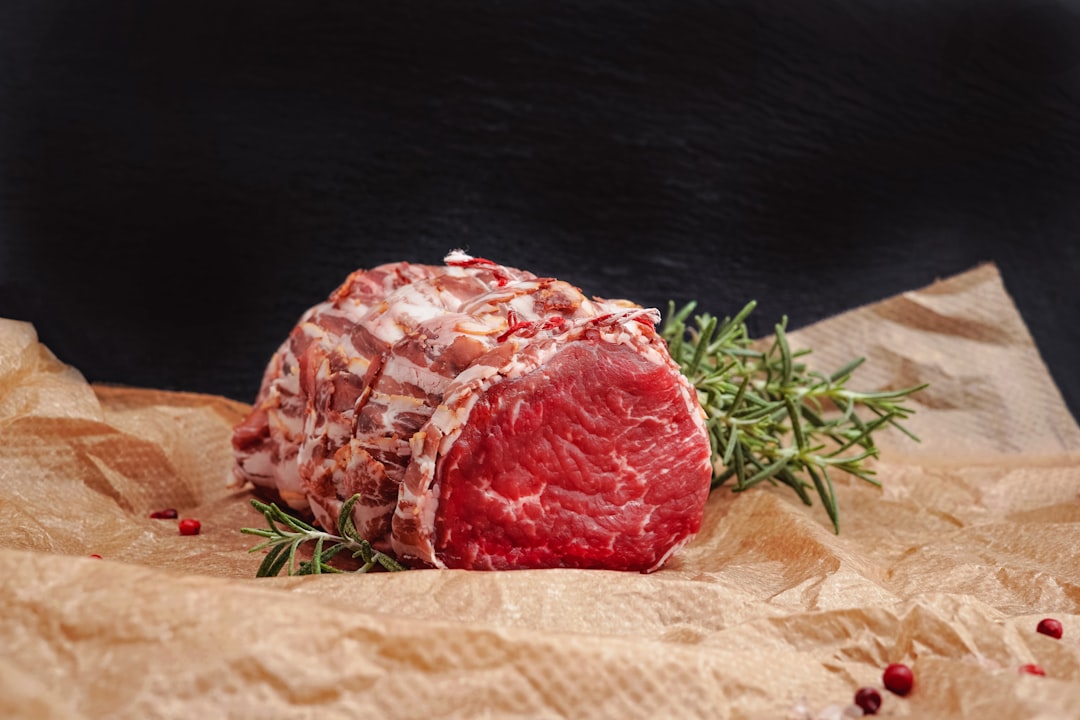
If you’ve ever tried to eat raw, uncooked beans, soaked or not, you’ll know that they taste disgusting and have an unpalatable texture. If you haven’t, we don’t recommend trying. Equally, if you’ve ever just soaked oats until their soft and palatable, you may have noticed that you evacuated them quickly with some mild diarrhoea.
The summary of what we’re saying here is that plants containing lectins need to be cooked to be digestible, and it doesn’t depend on your blood type. It’s just nutrition basics and scientific fact. No matter your blood type, you can’t digest lectins but, as a species, we learned early on that cooking could make beans, legumes, and pulses digestible for all.
High-protein foods
This diet says that blood group O is better at digesting meat because this blood group emerged when meat was the main source of energy.
In our earliest stage of evolution, we hunted for meat and gathered wild, seasonal plants. However, it’s a caricature to assume that humans sat around gnawing on meat most the time, because hunting is a hard game (#punintended) and there was no guarantee of bringing home a carcass.
In fact, our supposed dependence on meat has probably been over-exaggerated by previous research because, contrary to plants, bones are a lot more resistant to the effects of time. That means there’s a lot more evidence of our meat-eating than our plant eating. That also explains why we’ve found so many dinosaur bones – paleobotany just isn’t as sexy.
Nowadays, many people take medication called proton pump inhibitors (PPIs) to manage heartburn by decreasing stomach acidity. In addition, if you go vegetarian or vegan, your body will respond by producing less acidity, and that makes meat harder to digest when it’s reintegrated into the diet.
No dairy for you?
This diet says that, because dairy products emerged later, only later blood groups are able to digest milk products.
Milk, cheese, cream, and yoghurt emerged later than meat and plant domestication. In particular, dairy provided a novel way of sustainably, producing an energy-dense source of nutrition without killing and eating the animal that made it.
Where we can agree is that lactose-intolerance is actually a very common phenomenon, so dairy-digesting Europeans are rather privileged. In fact, according to some statistics, up to 75% of people from Eastern Asia are lactose-intolerant, but it’s equally worth mentioning that your blood doesn’t help you digest dairy – that job’s done by an enzyme called lactase.
Blood type O - diet
According to this diet, blood type O is the oldest blood type, and therefore such people are “hunters” that would thrive on a high-protein diet. However, most research into blood types focuses on their geographic distribution, and researchers dispute the assertion that O is indeed the oldest blood type.
There are no specific recommendations for blood type O positive or an O negative blood type diet.
Here, it’s equally worth noting that tribal diets (the closest examples we have of primal eating) mainly focus on organ meats, not muscle, because organs are much more nutrient dense. This begs another question. Different animal tissues, both species and organs vs muscle, have different nutritive properties because they have different compositions.
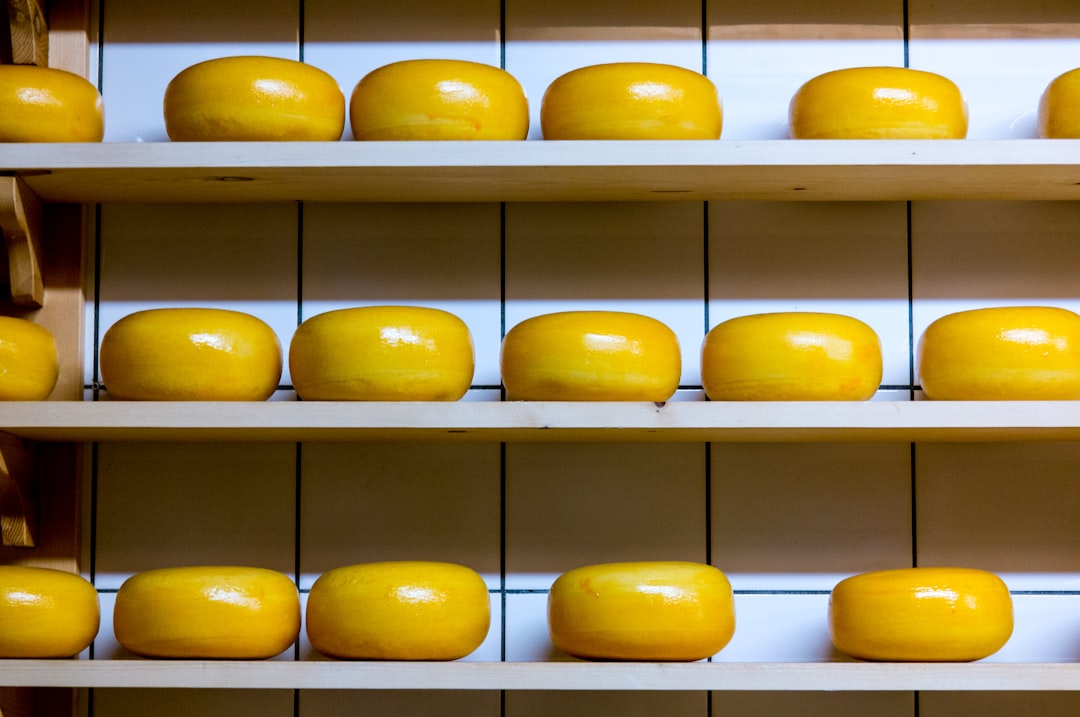
Therefore, how is it possible to ascertain that eating meat raised on modern methods from streamlined breeds (chosen for volume of meat, rather than quality) could have the same results for the human body? Without reliable evidence on this, it’s hard to put much stock in the blood type O diet recommendations.
Blood type A - diet
Realistically, your rh value (positive or negative) means nothing in this diet. So if you’re reading this, beware that the blood type A - diet includes people who are A+ and A-. According to this diet, the blood type A diet food list for “the cultivator” should focus on fruit, vegetables, and soy protein.
There are no specific recommendations for blood type A positive or a blood type A negative.
Here, it’s worth questioning these foods. After all, soy has been historically cultivated in Asia, not Europe or the Americas. Not to mention that soy also contains lectins, and the emergence of agriculture happened in the Fertile Crescent with the cultivation of grains and pulses. So really, who is this diet for?
Conversely, other researchers suggest that the blood type A (negative and positive) was the first ancestral blood type, so holes are clearly emerging in this theory. It doesn’t help that naturopath by training, Dr Peter D’Adamo, also attributes personality traits to each blood type, reminiscent of astrology and foot shape ancestry pseudoscience.
Blood type B diet
The blood type diet B is designed for genetic “nomads” who purportedly have the most competent immune systems and are readily able to digest dairy. Apparently, such people are just as good at digesting meat, grains, fruit, and fish.
There are no specific recommendations for blood type B positive or a blood type B negative.
Based on this thinking, only blood type B is actually designed for modern-day living. So much so that if we extrapolate this theory, an omnivorous diet would probably make all the other blood types quite ill. Yet here we are, all alive and thriving into our eighties.
Proponents of eating for your blood type also say that blood type B people may enjoy cycling, hiking, and tennis. In itself, this statement is questionable and seems more suited to astrology than evidence-based dietary advice – a good reminder that not everything on the Internet is reliable.
Blood type AB diet
If you’re a mixed blood type AB, then apparently you have a bit of blood type A and B in you, so you can pick and choose from each according to this diet. However, apparently you are more at risk of some diseases according to one of the diets most prominent supporters, Peter D’Adamo. By the way, his website also sells many supplements you can purchase too.
There are no specific recommendations for blood type AB positive or a blood type AB negative.
Here, we can argue, as specialists in disease risk analysis, that your blood type is not commonly a risk factor for disease. In fact, disease risk is most commonly a combination of genetic risk (rarely, if ever, the genes that determine your blood type), your environment, lifestyle, and diet. In short, no matter your blood group, you can have disease risks.
What the science says
This diet’s vocal advocates claim that it can improve how you feel and even lower your disease risks. To verify these claims, a group of researchers asked 1,639 people to try the blood type diet for one month. They were given instructions as to what to eat and tracked their dietary intake for a month. A total of 1,455 subjects successfully completed this experiment.
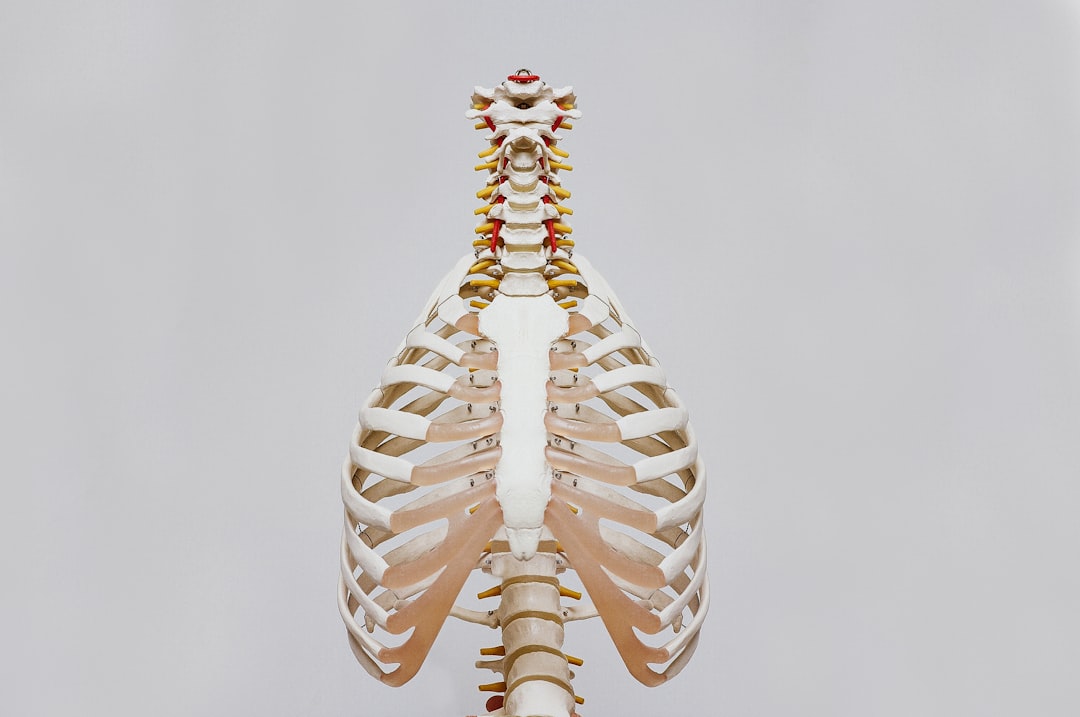
The authors measured the participants’ body mass and took into account their ethnicity too. Their aim being to investigate whether the blood type diet could influence cardiometabolic health, they checked blood lipid levels, insulin, and inflammation biomarkers. After one month of following the blood type diet, no significant changes were reported in participant health or weight.
This is important because your metabolism can react quickly to changes in your diet, and this can be shown by diagnostic testing. However, within one month of following the diet, no important changes were found by this study, which significantly challenges whether any benefits can be gained by avoiding specific food groups based on your blood type.
Just remember this
There are too many fad diets online, and they promise miracle results by restricting what you eat - often large groups of foods, macronutrients, and vilified molecules (think gluten and lectins). Yet, they often conveniently omit an important fact: our bodies, with the help of gut bacteria, have evolved to eat and digest a variety of natural foods.
If you want to lose weight, feel healthier, or boost your performance, make sensible choices. After all, you already know that you need plenty of fiber (30g to be precise) per day. You can get that from fruit, vegetables, whole grains, and pulses. You also know that you should consume fats and meat in moderation, especially red meat and processed meat.
There is no miracle solution that can absolve you of scientific fact: your body is a well-oiled machine, so treat it like one. Put down the TV remote, get everyone in the kitchen, and learn to cook. You’ll benefit much more from home-cooked meals than you will from restrictive fad diets that defy common sense.

